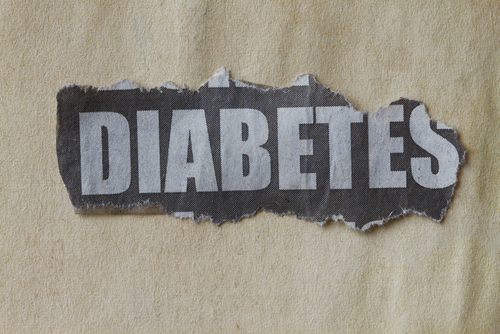
A recent study published in JAMA Cardiology aimed to assess the associations between the statin therapy pitavastatin and protein and gene pathways in relation to noncalcified plaque (NCP) changes among people with HIV.
The researchers opted to use targeted discovery proteomics and transcriptomics approaches to interrogate biologic pathways beyond low-density lipoprotein cholesterol (LDL-C) to reduce noncalcified plaque stabilization in HIV.
In the post hoc subanalysis of the double-blind, placebo-controlled, randomized REPRIEVE clinical trial, 558 participants without known cardiovascular disease taking antiretroviral therapy and with low to moderate 10-year cardiovascular risk underwent coronary CT angiography, plasma protein analysis, and transcriptomic analysis at baseline and 2-year follow-up.
Mean participant age was 51 years; 272 (48.7%) received pitavastatin, and 286 (51.3%) received placebo. After adjusting for false discovery rates, pitavastatin increased abundance of procollagen C-endopeptidase enhancer 1 (PCOLCE), neuropilin 1 (NRP-1), and major histocompatibility complex class I polypeptide-related sequence A (MIC-A) and B (MIC-B).
Pitavastatin also decreased abundance of tissue factor pathway inhibitor (TFPI), tumor necrosis factor ligand superfamily member 10 (TRAIL), angiopoietin-related protein 3 (ANGPTL3), and mannose-binding protein C (MBL2).
Among these proteins, the association of pitavastatin with PCOLCE (rate-limiting enzyme of collagen deposition) was greatest, with an effect size of 24.3% (95% CI, 18.0-30.8; P<.001). In a transcriptomic analysis, individual collagen genes and collagen gene sets showed increased expression.
Among the 195 individuals with plaque at baseline (88 [45.1%] taking pitavastatin, 107 [54.9%] taking placebo), changes in NCP volume were most strongly associated with changes in PCOLCE (%change NCP volume/log2-fold change = -31.9%; 95% CI, -42.9 to -18.7%; P<.001), independent of changes in LDL-C level.
“Results of this secondary analysis of the REPRIEVE randomized clinical trial suggest that PCOLCE may be associated with the atherosclerotic plaque stabilization effects of statins by promoting collagen deposition in the extracellular matrix transforming vulnerable plaque phenotypes to more stable coronary lesions,” the researchers concluded.
Source







 © 2025 Mashup Media, LLC, a Formedics Property. All Rights Reserved.
© 2025 Mashup Media, LLC, a Formedics Property. All Rights Reserved.